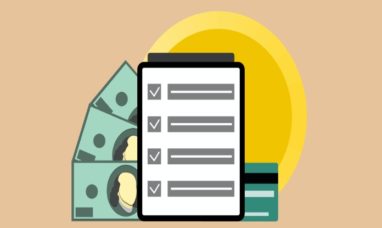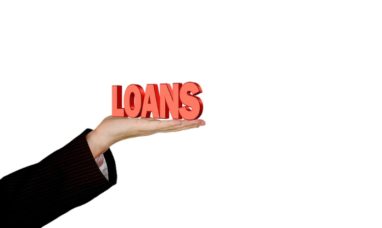Unsecured loans are loans that don’t require collateral. These loans are approved by lenders based more on a borrower’s creditworthiness than the assets they pledged as security. Personal loans, student loans, and credit cards are examples of unsecured loans.
How Unsecured Loans Work
Loans approved without using real estate or other assets as collateral are referred to as unsecured loans, also known as signature loans or personal loans. These loans frequently have acceptance and receipt criteria that are based on the borrower’s credit score. Borrowers typically need to have excellent credit to qualify for unsecured loans.
An asset must be pledged as collateral for a secured loan. The assets that have been pledged increase the lender’s “security” in making the loan. Two examples of secured loans are mortgages and auto loans.
Some lenders will accept a cosigner from borrowers with bad credit because unsecured loans require higher credit scores than secured loans. The cosigner is responsible for the debt if the borrower cannot make payments. This happens when a borrower fails to pay back a loan’s principal and interest.
As a result of the absence of collateral, unsecured loans are riskier for lenders. As a result, these loans frequently have higher interest rates.
The lender has the right to recover the collateral as compensation for its losses in case of a loan default. In contrast, the lender cannot seize assets if a borrower defaults on an unsecured loan. But the lender also has other choices, like working with a collection agency or taking the borrower to court. If the lender prevails in court, it may be able to withhold the borrower’s wages.
In addition, a lien may be placed on the borrower’s home if they are a homeowner, or the debt may still be owed to them. If a borrower defaults, unfavorable outcomes like lower credit scores could happen.
Types of Unsecured Loans
Unsecured loans, which can be revolving or term loans, include personal loans, student loans, and most credit cards.
A revolving loan can be used, paid back, and then used again. It has a credit limit. Revolving unsecured loans include personal lines of credit and credit cards.
On the other hand, a term loan must be paid back over the course of the term in equal monthly installments. There are also unsecured term loans, which are frequently paired with secured loans. Unsecured term loans include bank signature loans and loans used to consolidate credit card debt.
The market for unsecured loans has recently grown partly because of fintech (short for financial technology firms). For instance, peer-to-peer (P2P) lending through online and mobile lenders has increased over the past ten years.
Suppose you want to take out an unsecured loan to cover personal expenses. In that case, a personal loan calculator is great for calculating the monthly payment and total interest for the amount you want to borrow.
Unsecured Loans vs. Payday Loans
Alternative lenders don’t offer secured loans in the conventional sense, like payday lenders or merchant cash advance businesses. In contrast to mortgages and auto loans, their loans are not backed by physical assets. On the other hand, these lenders go above and beyond to guarantee repayment.
For instance, payday lenders may demand a postdated check from the borrower or permit an automatic withdrawal from the borrower’s checking account to pay back the loan. The borrower must frequently pay a predetermined percentage of their online sales through a payment processor like PayPal to obtain a merchant cash advance online. These loans are categorized as unsecured even though they are partially secured.
Payday loans may be regarded as predatory due to their well-known reputation for highly high-interest rates and hidden terms that charge borrowers added fees. In some states, they are actually against the law.
Crucial Things to Think About
Although lenders may consider creditworthiness when determining whether to approve or deny an unsecured loan, laws shield borrowers from dishonest lending practices. The Equal Credit Opportunity Act (ECOA), which was passed in 1974, forbade creditors from basing a borrower’s loan terms or any other aspect of a credit transaction on that person’s race, color, sex, or religion.
Discrimination still exists, although gradual improvements in the fairness of lending practices in the US. The Consumer Financial Protection Bureau (CFPB), overseeing compliance and enforcing the ECOA, published a Request for Information in July 2020 to investigate how to improve the ECOA’s efforts to guarantee non-discriminatory credit access. The Consumer Financial Protection Bureau’s Kathleen L. Kraninger claims that while clear standards aid in protecting African Americans and other minorities, the CFPB must back them up with action to make sure that lenders and other parties abide by the law.
Featured Image: Pexels © Andrea Piacquadio







